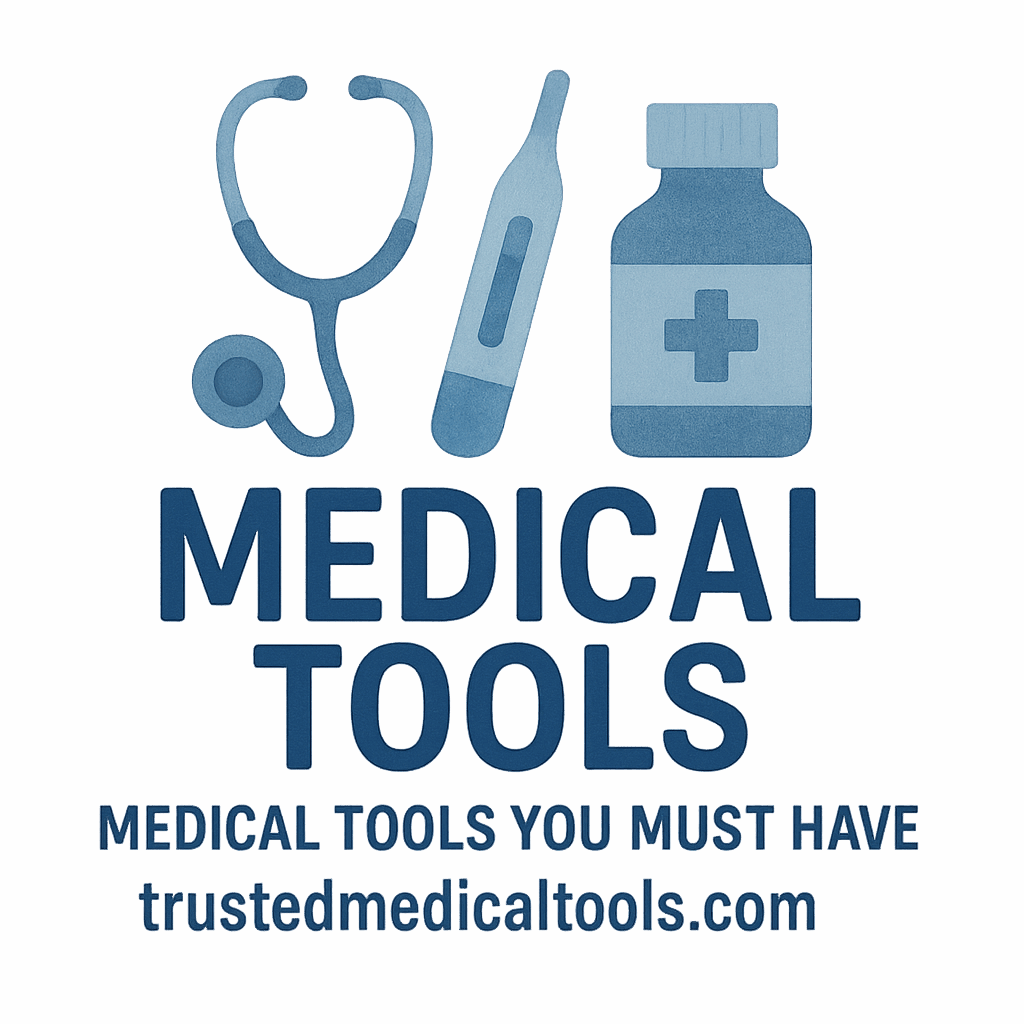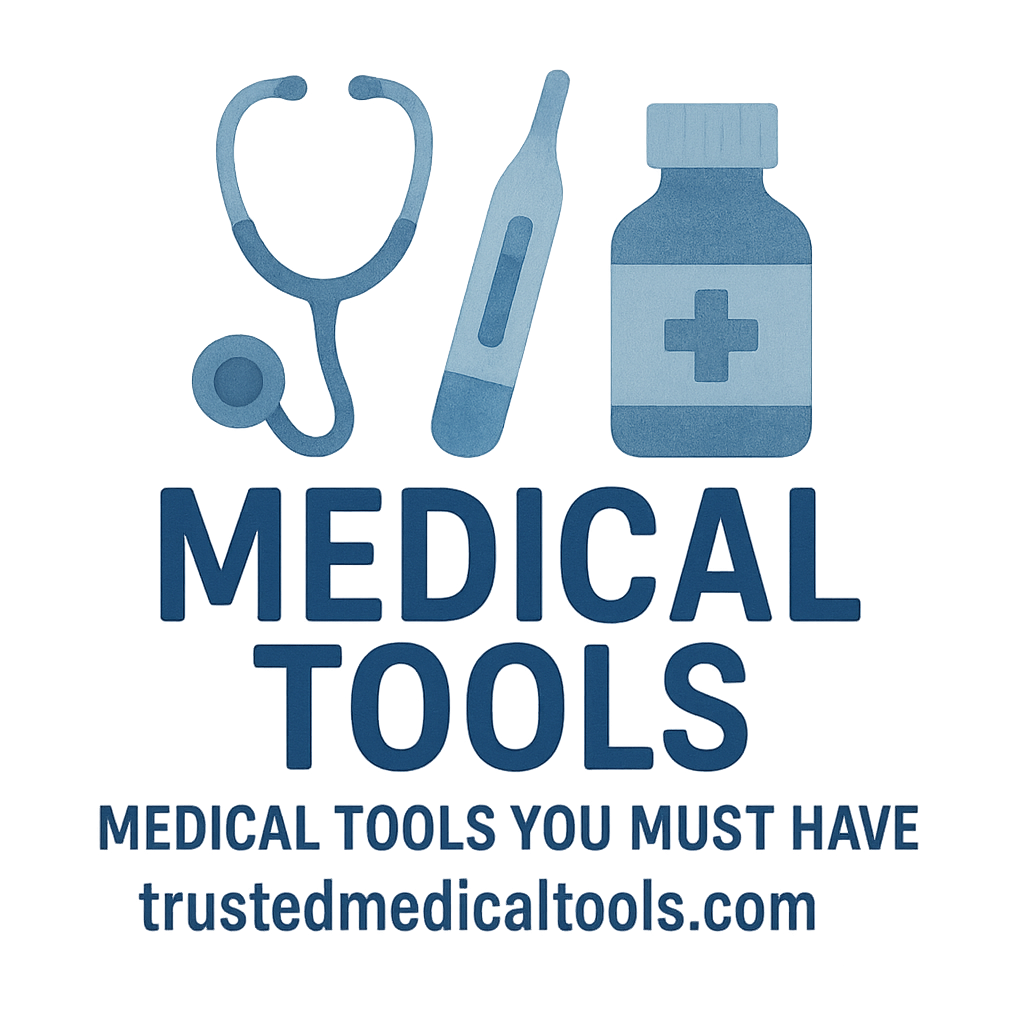Why Managing Children’s Health at Home is Crucial
As parents, one of the most essential tasks is ensuring that your child remains healthy and safe. The ability to manage your child’s health at home can give you peace of mind and ensure that you are ready for any situation that might arise. While visits to the doctor are necessary, there are several medical tools that allow parents to monitor and manage their children’s health in a comfortable and familiar environment.
In this article, we will discuss 6 critical medical tools that can help you manage your child’s health at home. Whether it’s fever, respiratory issues, or general wellness, these tools are indispensable for every parent.
Digital Thermometers – Essential for Accurate Temperature Reading
How Digital Thermometers Help Monitor Fever
A thermometer is one of the first medical tools you’ll need when managing your child’s health at home. When your child has a fever, it can be a sign of infection or illness. Monitoring their temperature is crucial in assessing the severity of the condition and knowing when it’s time to seek professional help.
Digital thermometers are reliable, easy to use, and provide quick readings. The best part? They can be used orally, rectally, or under the armpit for children of different ages.
Tips for Using Digital Thermometers on Children
For babies, a rectal thermometer provides the most accurate reading, while older children can have their temperature taken under the arm or orally. Be sure to always clean the thermometer before and after each use, and avoid touching the sensor with your fingers.
If you want more information about temperature readings, check out Trusted Medical Tools – Monitoring Devices.
Pulse Oximeters – Ensuring Healthy Oxygen Levels
What is a Pulse Oximeter and How Does It Work?
A pulse oximeter is a small device that measures the oxygen saturation level in the blood. It’s a simple, non-invasive tool that attaches to your child’s finger (or toe for infants) and provides real-time data about how well the lungs are delivering oxygen to the bloodstream.
A healthy oxygen level should typically be between 95% and 100%. If it drops below this range, it might indicate a respiratory issue.
Why Pulse Oximeters Are Critical for Children’s Health
For children with asthma, respiratory infections, or any other condition that affects breathing, pulse oximeters are incredibly valuable. They allow you to monitor their oxygen levels regularly, ensuring that they’re breathing well and that there are no signs of distress. This tool can help you determine if emergency care is needed.
For more advice on pulse oximeters, visit Trusted Medical Tools – Health Equipment.
Nebulizers – A Lifeline for Respiratory Issues
How Nebulizers Assist in Treating Asthma and Respiratory Infections
Nebulizers are devices used to deliver medication directly into the lungs in the form of a mist. They are especially useful for treating children with asthma, bronchitis, or any respiratory conditions. The medication in the nebulizer opens up the airways, making it easier for your child to breathe.
Nebulizers can be a lifesaver during an asthma attack or respiratory infection, and they’re much easier to administer than inhalers for young children.
How to Use a Nebulizer for Children
Using a nebulizer is simple but requires patience, especially with younger children. First, assemble the nebulizer kit, attach the mask, and administer the prescribed medication. It’s important to ensure your child sits still while using the nebulizer for the treatment to be effective.
To learn more about respiratory care tools, visit Trusted Medical Tools – Family Care.
Stethoscopes – Listening to Your Child’s Heart and Lungs
Why Every Home Should Have a Pediatric Stethoscope
A pediatric stethoscope is a must-have for any parent looking to monitor their child’s heart and lung health. These stethoscopes are specifically designed to detect the subtle sounds of a child’s heart and lungs, which are different from those of an adult. Having a stethoscope on hand can help you detect irregularities early, such as heart murmurs or respiratory issues, and seek medical help before the problem worsens.
How to Use a Stethoscope on a Child
To use a stethoscope, place the bell or diaphragm gently on the child’s chest or back and listen for any abnormal sounds like wheezing, crackling, or irregular heartbeats. If you hear anything unusual, it’s best to consult with a pediatrician.
For more insights on pediatric care, check out Trusted Medical Tools – Doctor-Approved.

First Aid Kits – Be Prepared for Accidents and Emergencies
What Should Be in a Child’s First Aid Kit?
Accidents happen, and when they do, having a well-stocked first aid kit can make all the difference. A child’s first aid kit should include bandages, antiseptic wipes, a thermometer, tweezers, and other essential supplies to handle minor injuries or illnesses.
Importance of Keeping a Fully Stocked First Aid Kit
It’s essential to check and restock your first aid kit regularly. You never know when your child might need a band-aid for a scraped knee, or when they might require a cold compress for a bump or bruise. Always ensure the kit contains child-specific items such as pediatric pain relievers and allergy medications.
You can read more about first aid supplies on Trusted Medical Tools – First Aid.
Blood Pressure Monitors – Vital for Tracking Heart Health
The Importance of Monitoring Blood Pressure in Children
Blood pressure monitoring may not seem like a priority for children, but it’s essential for those at risk of heart conditions, obesity, or high blood pressure. High blood pressure in children can lead to future cardiovascular problems, so early detection is key.
How to Use a Blood Pressure Monitor on Children
A pediatric blood pressure cuff is specially designed to fit a child’s smaller arm. The process involves placing the cuff around the upper arm and inflating it to measure the pressure. Make sure to follow the instructions carefully to get accurate readings.
For more on health tools, you can check out Trusted Medical Tools – Monitoring Devices.
Conclusion: Building a Healthy and Safe Home Environment for Your Child
Managing your child’s health at home doesn’t have to be complicated. With the right tools, you can monitor their health, spot early signs of illness, and act quickly in emergencies. These 6 medical tools – thermometers, pulse oximeters, nebulizers, stethoscopes, first aid kits, and blood pressure monitors – are all essential in ensuring that your child stays healthy and safe.
Creating a safe home environment for your child goes beyond just having the right tools; it’s also about being informed and prepared. By keeping these tools in your home, you’re taking proactive steps to manage your child’s health effectively.
FAQs
1. Can I use adult medical tools on children?
While some adult tools can work for children, it’s always best to use equipment specifically designed for children. Children’s bodies are different, and using age-appropriate tools ensures accuracy and safety.
2. How often should I monitor my child’s temperature?
If your child is sick, you should check their temperature at least once every 4-6 hours. If the fever persists or worsens, it’s best to consult a doctor.
3. Are nebulizers safe for children with asthma?
Yes, nebulizers are safe and effective for children with asthma. They help deliver medication directly to the lungs, making it easier for your child to breathe.
4. What should I include in a child’s first aid kit?
A child’s first aid kit should include band-aids, antiseptic wipes, gauze, a thermometer, child-friendly pain relievers, and any other specific medications your child may need.
5. At what age can I start using a blood pressure monitor for my child?
Blood pressure monitors can be used for children as young as 3 years old, especially if they have a history of heart issues. It’s important to use a pediatric cuff for accurate readings.
6. Do I need a pediatric stethoscope for my child?
Yes, a pediatric stethoscope is designed to detect the heart and lung sounds of children more clearly than a regular adult stethoscope. It’s highly recommended for parents who want to monitor their child’s health.
7. How do I keep my child calm during medical procedures?
Make sure to explain the procedure to your child beforehand, using simple language. Offering comfort, encouragement, and a distraction during the procedure can help calm their nerves.


